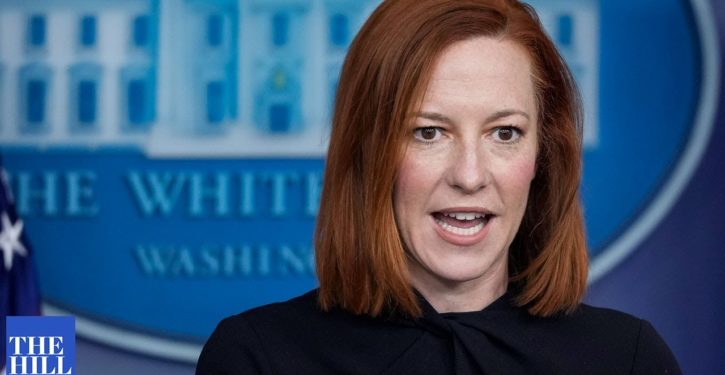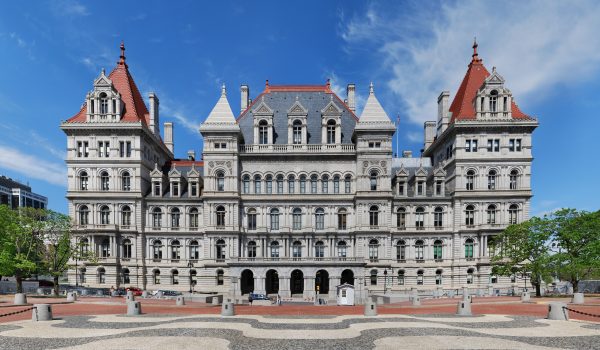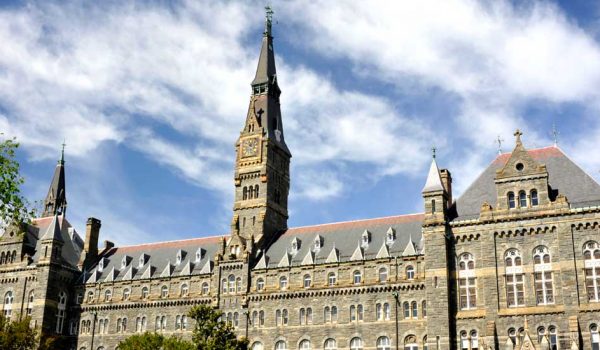
White House Press Secretary Jen Psaki suggested that Americans are imagining things when they express concern about the rising violent crime rate, with murders continuing to rise in 2021 after 2020’s record 30% increase in homicides. As Hot Air notes, “Psaki tried to shrug off American voters’ concerns over sharply increasing crime rates, especially in cities where prosecutors have taken up radical ‘reform’ by refusing to prosecute criminals…Psaki tried to make concerns over crime only a figment of Fox’s imagination in their ‘alternate universe.'” She also mocked people discussing the “consequences” of “soft-on-crime” policies: “What does that even mean?,'” she said.
In reality, notes Hot Air, “violent crime and homicides are sharply increasing even over 2020’s unrest-driven spike.” Last week, CBS News pointed this out:
Homicides in major American cities ticked up in 2021, with a 5% increase from 2020 and a 44% increase over 2019, according to a new analysis of crime trends released Tuesday by the Council on Criminal Justice (CCJ).
The study drew on crime data from 22 cities nationwide — including Atlanta, Detroit, Baltimore, Chicago, Denver, Memphis, San Francisco, Washington, D.C., and Philadelphia — and found an additional 218 murders last year, compared to 2020. And while the overall increase in the homicide rate slowed, murder rates in St. Petersburg, Florida, (108%) and Austin (86%) skyrocketed, while Washington, D.C., (16%) also recorded a notable increase.
Earlier, CNN described “dramatically” increasing rates of carjackings across America:
Carjackings have risen dramatically over the past two years in some of America’s biggest cities.
Just outside Chicago, a state senator’s car and other valuables were taken at gunpoint in December, and a group of children, one just 10 years old, carjacked more than a dozen people. A rideshare driver being carjacked shot his attackers earlier this month in Philadelphia. Last March, a 12-year-old in Washington, DC was arrested and charged with four counts of armed carjacking.
“The majority of it is young joyriders. They’re not keeping the cars. They’re jacking cars to commit another crime, typically more serious robberies or shootings, or joyriding around for the sake of social media purpose and street cred,” said Christopher Herrmann, a professor at John Jay College of Criminal Justice. “It’s a disturbing trend.”
Comprehensive national data isn’t available because the FBI’s crime reporting system doesn’t track carjackings. But large cities that track the crime reported increases in 2020 and 2021, especially as the pandemic took hold of the country.
Left-wing prosecutors have reduced penalties for crime by refusing to try people who committed violent crimes at age 16 or 17 in adult court, even when they commit murder or rape. So teenage serial killers will not be held beyond age 25 in these jurisdictions, no matter how many people they kill. Some will be released by age 21. Such short sentences result in higher juvenile crime rates and higher recidivism rates among juvenile offenders. As Peter Moskos notes, “Recidivism among 16-year-olds went up” when the age for being prosecuted in adult court was raised. The recidivism rate for 16-year-olds rose from 39% to 48% for offenses generally, and from 18% to 27% for violent felony offenses
Some left-wing prosecutors are also refusing to seek sentence enhancements mandated by state law, such as the longer sentences required for repeat offenders. Studies indicate that longer periods of incarceration deter many crimes from being committed by people who are not currently incarcerated; they don’t merely prevent people who are already inmates from committing more crimes — although they do that, too. For example, a study found that longer sentences deterred people from committing murder, robbery, and rape. (See Daniel Kessler & Steven J. Levitt, Using Sentence Enhancements to Distinguish Between Deterrence and Incapacitation, National Bureau of Economic Research Working Paper #6484 (1998)).
Consider two neighboring states that are a lot alike, Maryland and Virginia. Maryland has shorter sentences for criminals than Virginia. It also has a violent crime rate more than double Virginia’s. In 2018, Maryland had a violent crime rate of 468.7 per 100,000 people, according to USA Today, compared to a violent crime rate of only 200 per 100,000 in Virginia.
Virginia’s Fairfax County is quite similar to Maryland’s Montgomery County, Md. The two counties border each other, have similar economies, cultures, and demographics, and had a similar crime rate back in the 1970s. Yet Fairfax County ended up with a a violent crime rate less than half Montgomery County’s in the early 21st Century, such as in 2018. Experts attributed that to Virginia’s tougher sentences and its abolishing parole for violent felons in the 1990s.
ABC’s channel 7 discussed this in 2019 in “Why is Montgomery County’s violent crime rate twice as high as neighboring Fairfax County?” Law enforcement sources attributed Montgomery’s higher crime rate to the fact “that the Maryland Judiciary is, generally speaking, more lenient on criminal defendants” and the fact that “Virginia has stricter laws on the books” and “harsh sentences,” which are “a huge deterrent” to crime. “Criminals know if you commit crime in Virginia you might get whacked, while in Maryland, you might just get slapped on the wrist.”



